Jangheung Cheongwansa Temple (천관사(장흥))
14.0Km 2021-11-29
1272-473, Chilgwan-ro, Jangheung-gun, Jeollanam-do
+82-61-867-2954
Cheongwansa Temple is situated in the middle of Cheongwansan Mountain and is believed to have been built by Monk Tongyeong during the Silla Kingdom. It was once home to over 1,000 monks in its 89 buildings. Beneath the temple’s humble exterior is an impressive collection of cultural properties including Cheongwansa Three-Story Pagoda (Treasure), Cheongwansa Seokdeung (stone lantern), Five-Story Pagoda, and Jangheung Tapsansaji Seokdeung (stone lantern). In addition, Cheongwansan Mountain is known for beautiful camellias in spring and gorgeous silver grass in fall as well as an array of fascinating rock formations. Visitors can also enjoy the views of Dadohae (an archipelago) from the top of the mountain.
Cheongwansan Provincial Park (천관산도립공원)
14.5Km 2021-12-07
Cheongwansan-gil, Jangheung-gun, Jeollanam-do
+82-61-867-7075
Cheongwansan Provincial Park is located on Cheongwansan Mountain, which is considered one of the best mountains in southwest Korea, along with Jirisan, Naejangsan, Wolchulsan and Naebyeonsan mountains. The name of Cheongwan comes from the fact that the surrounding boulders resemble a thorny crown worn by an emperor. In autumn, fields of silver grass unfold around the mountain peak, allowing for the Cheongwansan Silver Grass Festival to take place on Yeondaebong (silver grass plain). Also, from the top of the mountain, several grand landmarks like Dadohae archipelago, Wochulsan Mountain and Mudeungsan Mountain in nearby cities can be seen. On a clear day, visitors can even see Hallasan Mountain on Jeju Island. In the middle of the mountain is Cheongwansa Temple, which houses precious cultural properties including Cheongwansa Three-Story Pagoda (Treasure No. 795), Cheongwansa Seokdeung (stone lantern), Five-Story Pagoda, and Jangheung Tapsansaji Seokdeung (stone lantern).
Cheongwansan National Recreational Forest (국립 천관산자연휴양림)
14.7Km 2021-05-24
842-1150, Chilgwan-ro, Jangheung-gun, Jeollanam-do
+82-61-867-6974
Cheongwansan National Recreational Forest is located at the entrance of one of the five great mountains of the Jeolla region. Cheongwansan Mountain is a rocky mountain with steep peaks. Red camellia flowers bloom in spring, while in fall, silver grass blankets the area, creating a spectacular scene. The mountain peak offers an incredible ocean view due to the mountain's close location to the coast. To the south, the vast Dadohae Sea comes into view, and hikers may even get a glimpse of Hallasan Mountain from afar on a clear sunny day. A landscape of different mountain ridges can be seen to the north, namely Wolchulsan Mountain in Yeongam, Jeamsan Mountain in Jangheung, and Mudeungsan Mountain in Gwangju.
Cheongwansa Temple is located within a few hundred meters of the peak of the mountain. The recreational park is equipped with convenient facilities and a well-managed 7-kilometer-long hiking trail, serving as a great vacation spot for weekend getaways.
Jangheung Jeongnamjin (정남진(장흥))
15.7Km 2021-09-04
Gwansan-eup, Jangheung-gun, Jeollanam-do
+82-61-860-5772
Jangheung-gun’s Jeongnamjin is the warmest place on the Korean mainland. The region has a diverse natural environment including stunning views of mountains, fields, the ocean, lakes, rivers and streams. It also has several cultural and tourist sites such as Cheongwansan Mountain, Bangchon Cultural Village, and Borimsa Temple, one of the three Borimsa Temples in Asia.
The Jeongnamjin district has a wide variety of tourist attractions nearby such as the Samsan Embankment; a provincial park on Cheongwansan Mountain; a literature park; and Sodeungseom Island, a famous sunset attraction often used as a filming location and festival grounds. A number of festivals are held around the area to promote the region's diverse produce and beauty.
Daehan Dawon Tea Plantation (대한다원)
16.0Km 2025-06-05
763-65, Nokcha-ro, Boseong-gun, Jeollanam-do
+82-61-852-4540
Daehan Dawon Tea Plantation produces high-quality green tea and is a popular tourist attraction year-round thanks to the vast rows of tea trees that line the hillside like a deep green carpet. Despite being located on a small peak at just 350 meters above sea level, the observation deck at the summit offers views of the sea on clear days. The entrance to the tea plantation is also lined with tall cedar trees, adding a unique aspect to this plantation. Daehan Dawon Tea Plantation has been featured as a filming site in dramas such as “Summer Scent (2002),” “Legend of the Blue Sea (2017),” and “The Rebel (2017).”
Yulpo Beach (Solbat Beach) (율포해수욕장(솔밭해변))
16.3Km 2021-07-15
24, Uam-gil, Boseong-gun, Jeollanam-do
+82-61-850-5211
Yulpo Beach is a scenic beach with a 60-meter-wide, 1.2-kilometer-stretch of silver sand between the sea and a forest of 100-year-old pine trees. Despite its location in a small fishing village, the region’s famous green tea and beautiful beaches have resulted in attracting many tourists to Yulpo Beach. The area has become a family summer resort, fully equipped with accommodation and leisure facilities.
Korean Tea Culture Park (한국차문화공원)
16.4Km 2021-01-28
775, Nokcha-ro, Boseong-gun, Jeollanam-do
+82-61-852-0918
Korean Tea Culture Park was established in honor of Boseong's specialties of green tea and music. The park is located next to the famous green tea fields in Boseong, which draw over 3 million visitors ever year. The park is comprised of Korean Tea Museum, Soricheong Performance Hall, and Bungnu Pavilion, and hosts a wide range of performances throughout the year.
Boseong Green Tea Festival (보성다향대축제)
16.4Km 2025-07-11
775 Nokcha-ro, Boseong-gun, Jeollanam-do
+82-61-850-5211
The Boseong Green Tea Festival takes place in Boseong, which is famous for its green tea. This fragrant festival coincides with the annual harvest of fresh green tea leaves. Visitors can partake in various tea-related activities such as picking tea leaves, making tea, and making tea bowls. Other popular programs that are both healthy and trendy include “Tea Fields Healing Trekking” and “Yoga & Pilates Experiences.” The experience of picking tender tea leaves in the vast, lush green tea fields and making green tea, which is not easily accessible, is highly recommended.
◎ Green Tea Stamp Rally
Participate in the “Green Tea Stamp Rally” to enjoy hidden festival programs and get prizes.
Jangsupungdengi Village (장수풍뎅이마을)
17.0Km 2025-01-10
Banwol-ri, Yuchi-myeon, Jangheung-gun, Jeollanam-do
+82-10-3110-6145
Located in the far upstream of Jangheung Dam, Jangsupungdengi Village preserves the natural environment. The village has a shiitake mushroom center, eco experience center, and beetle farming field where children and teenage students may visit and learn about the nature and its eco system. The village is also open to the general public for quality time in nature.
Da hyang so ckuk (다향소축)
17.7Km 2024-12-23
7-5 , Dasanchodang 1-gil, Gangjin-gun, Jeollanam-do
+82-61-432-0360
Dahyang Sochuk, near the Dasan Chodang historic site in Gangjin, Jeollanam-do, is a traditional hanok homestay that feels like a local museum. All rooms are red clay-walled, and have naturally dyed bed linen. Large and small flowers bloom around the house, and in the yard are many strangely-shaped bonsai in pots, creating a refined and relaxing atmosphere. Wild green tea grows locally, so tea ceremonies are often arranged.
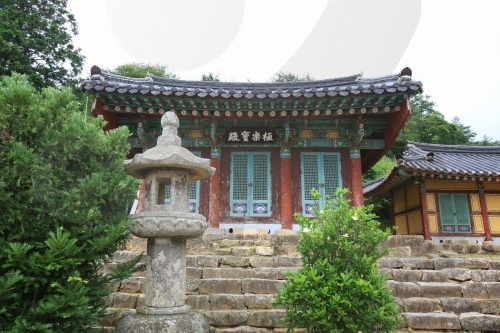

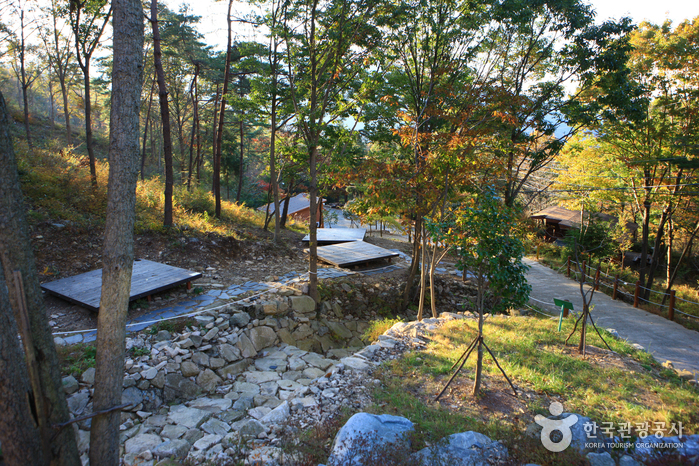
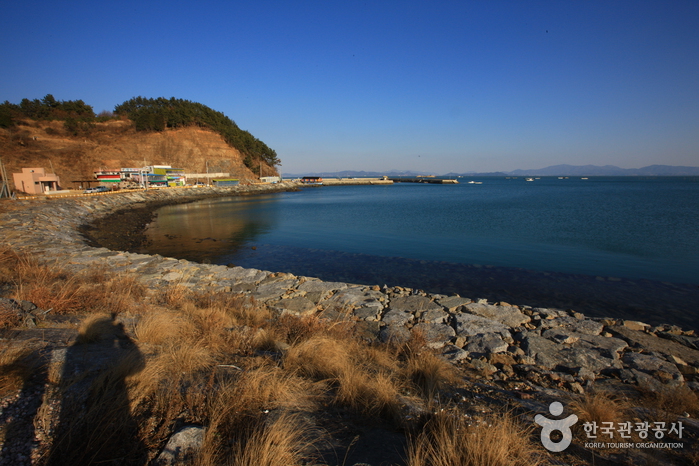
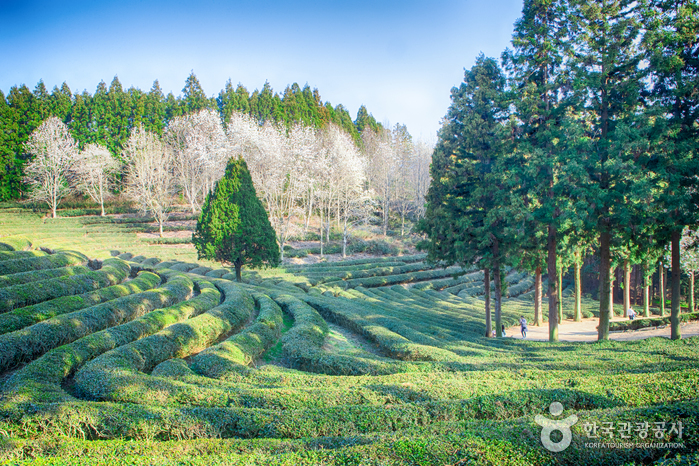
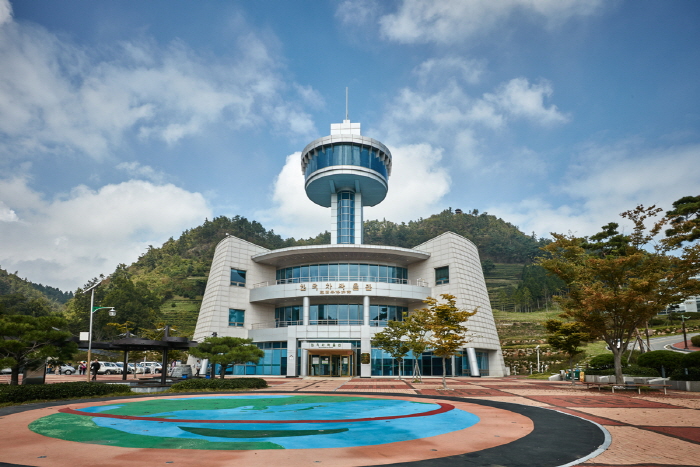
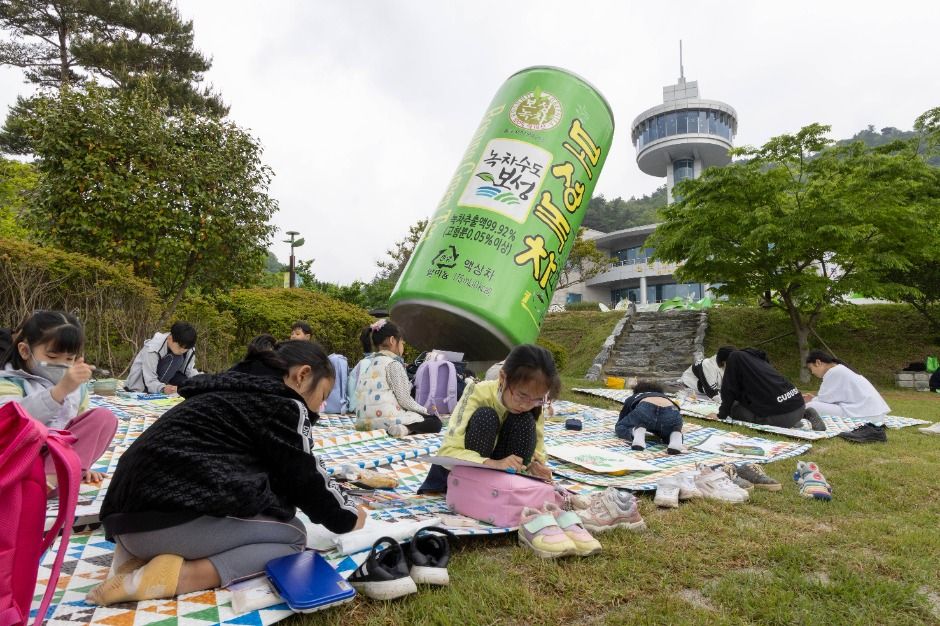
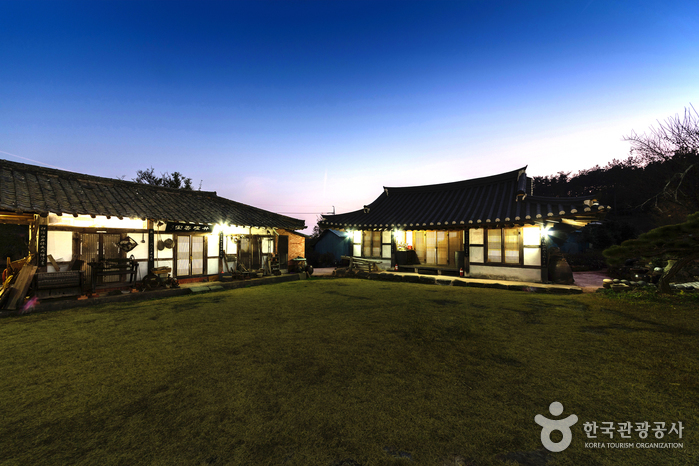
 English
English
 한국어
한국어 日本語
日本語 中文(简体)
中文(简体) Deutsch
Deutsch Français
Français Español
Español Русский
Русский